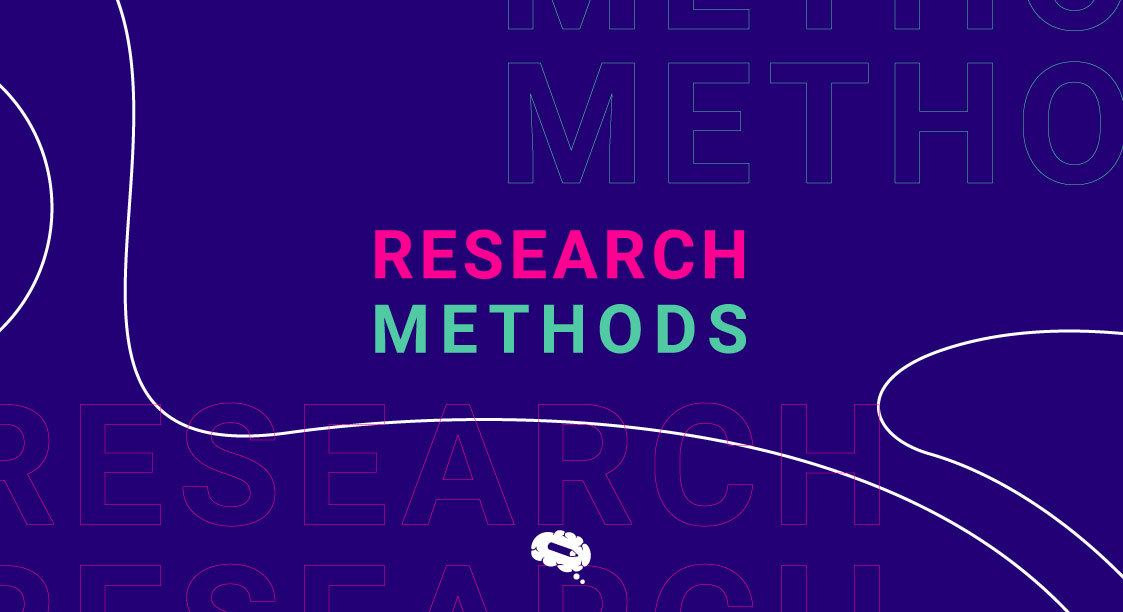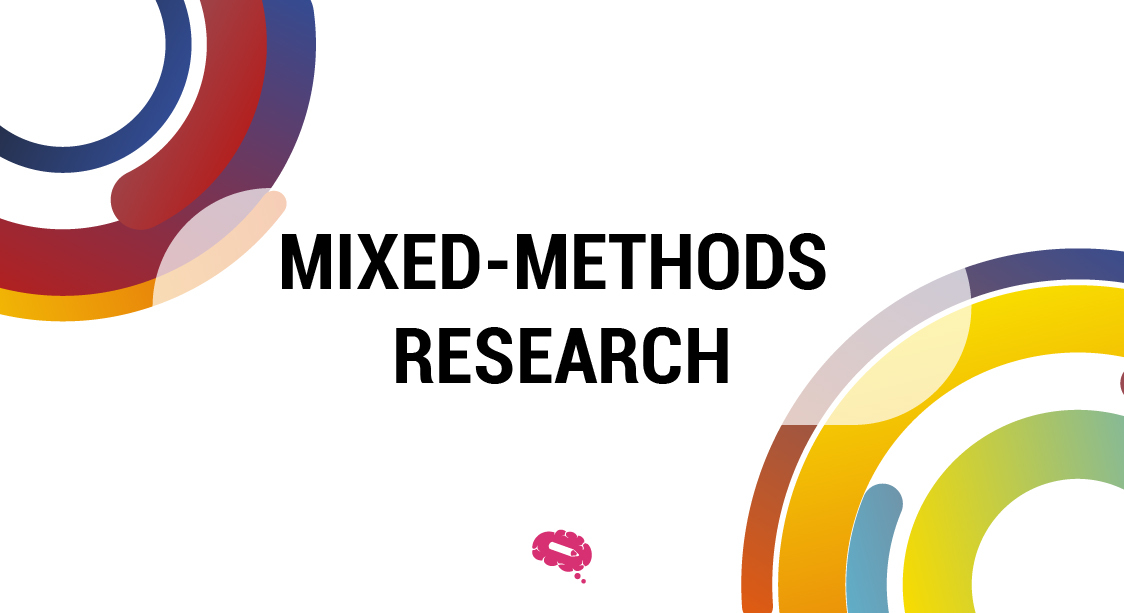Research methods push the boundaries of knowledge and drive innovation across a range of fields by laying the foundation for comprehending complicated phenomena with every hypothesis, experiment, and analysis.
Mastering research methods is a journey that requires dedication, patience, and a keen eye for detail. In order to effectively organize studies, gather data, analyze findings, and draw meaningful conclusions, it involves not only learning academic knowledge but also developing practical skills. The quality and validity of one’s work can be greatly impacted by one’s ability to navigate the complexities of research methods, from developing research questions and selecting acceptable methodologies to carrying out experiments and assessing results.
In this comprehensive article, we will embark on an enlightening exploration of research methods, delving into their advantages and disadvantages, as well as potential pitfalls.
What are the Research Methods?
Research methods refer to the systematic approaches and techniques employed by researchers to collect, analyze, and interpret data in order to answer research questions or test hypotheses. These methods provide a structured framework for conducting scientific investigations and are essential for ensuring the reliability, validity, and reproducibility of research findings.
Research methods encompass a wide range of strategies, procedures, and tools that vary depending on the nature of the research, the research question being addressed, and the discipline or field of study. They can be broadly categorized into qualitative and quantitative methods, each offering distinct approaches to gathering and analyzing data.
Qualitative research methods focus on exploring and understanding subjective experiences, meanings, and social phenomena. They often involve techniques such as interviews, focus groups, observations, and content analysis. Qualitative methods provide in-depth insights into the complexities and nuances of human behavior, attitudes, and social interactions.
Quantitative research methods, on the other hand, involve the measurement and analysis of numerical data. These methods aim to establish statistical relationships, generalize findings to a larger population, and test hypotheses. Quantitative methods commonly involve surveys, experiments, statistical analysis, and data modeling, relying on objective measurements and statistical techniques to draw conclusions.
In addition to qualitative and quantitative methods, there are various other research methods, such as descriptive research, experimental research, observational research, survey research, case study research, and action research. Each method has its own strengths, limitations, and specific applications, catering to different research objectives and contexts.
What is the difference between research methods and research methodology?
Research methods encompass the distinct methodologies, instruments, and procedures employed by researchers to gather and examine data. They include the practical aspects of conducting research, and providing a structured framework for data collection, measurement, sampling, and analysis.
On the other hand, research methodology refers to the overall approach or strategy employed in a research study. It includes the theoretical foundations, guiding principles, and reasoning that constitute the basis of any study. Making decisions on the overall structure of the study, the selection of research methods, and the interpretation and presentation of findings all fall under the category of research methodology.
Research methodology involves considering factors such as the research question or hypothesis, the philosophical perspective (e.g., positivism, interpretivism), the research design (e.g., experimental, correlational, qualitative), the sampling strategy, and the data analysis techniques. It also involves reflecting on ethical considerations, validity, reliability, and generalizability of findings.
Types of Research Methods
Qualitative Research
Qualitative research methods aim to explore and understand complex phenomena, subjective experiences, and social interactions. This approach emphasizes in-depth exploration, interpretation, and contextual understanding of human behavior, attitudes, and beliefs. Qualitative research methods often involve techniques such as interviews, focus groups, observations, and content analysis. Researchers collect rich, detailed, and non-numerical data, allowing them to capture the complexities and nuances of the research topic. Qualitative research is particularly useful when investigating topics where context, meaning, and social dynamics are of primary interest.
Quantitative Research
Quantitative research methods involve the measurement and analysis of numerical data to establish statistical relationships, test hypotheses, and generalize findings to a larger population. This approach focuses on objective and empirical data collection, often utilizing surveys, experiments, statistical analysis, and data modeling. Quantitative research seeks to quantify variables, assess patterns, and draw statistical inferences, allowing for generalizations and comparisons across different groups or conditions. It is valuable for identifying patterns, trends, and cause-effect relationships in a systematic and precise manner.
Descriptive Research
Descriptive research aims to describe and characterize a phenomenon, situation, or population, without manipulating variables or establishing causality. This method provides a detailed and accurate snapshot of a specific research topic, often utilizing surveys, observations, or existing data. Descriptive research is particularly useful in exploratory studies, market research, and establishing baseline information about a topic or population.
Experimental Research
Experimental research involves the deliberate manipulation of variables to examine cause-and-effect relationships. This method allows researchers to establish a level of control over the research conditions and test specific hypotheses. Experimental research often includes random assignment of participants to different conditions, measurement of dependent variables, and statistical analysis to assess the impact of the independent variable(s). It is widely used in natural and social sciences to investigate causal relationships and make predictions.
Observational Research
Observational research involves systematic observation and recording of behavior, phenomena, or events in their natural settings. This method aims to understand and document patterns, interactions, and characteristics without intervening or manipulating the environment. Observational research can be conducted through direct observation, participant observation, or the use of recording devices. It is valuable for studying behaviors, social interactions, and natural occurrences in real-world contexts.
Survey Research
Survey research involves collecting data through questionnaires or interviews to gather information from a sample of individuals. Surveys can be administered in person, through mail, telephone, or online platforms. This method allows researchers to collect data efficiently and obtain insights into people’s opinions, attitudes, beliefs, and behaviors. Survey research is widely used in social sciences, marketing research, and public opinion polling.
Case Study Research
Case study research involves in-depth investigation and analysis of a particular individual, group, organization, or phenomenon. It employs multiple data sources, such as interviews, documents, and observations, to provide a comprehensive understanding of the case under study. Case study research allows researchers to examine complex issues within their real-life contexts and generate detailed and rich insights. It is particularly valuable when investigating unique or rare cases and exploring complex phenomena in depth.
Action Research
Action research is a participatory approach that involves collaboration between researchers and practitioners to address practical problems or improve specific practices or systems. It aims to bring about positive change and improvement through cycles of planning, action, observation, and reflection. Action research often includes interventions, data collection, analysis, and feedback loops to inform decision-making and drive continuous improvement.
Advantages and Disadvantages of Different Research Methods
Here’s a summary of the advantages and disadvantages of different research methods:
- Qualitative Research: Qualitative research provides an in-depth understanding and contextual understanding of complex phenomena, offering flexibility and generating new theories. However, it is subjective, has limited generalizability, can be time-consuming, and may be influenced by the researcher’s presence.
- Quantitative Research: Quantitative research allows for generalizability, objectivity, precision, and large sample sizes. However, it may oversimplify complex phenomena, lack contextual understanding, have limited flexibility, and be subject to measurement limitations.
- Descriptive Research: Descriptive research provides initial understanding, is easy to administer, identifies patterns, and generates hypotheses. However, it has limited causal inference, the potential for response bias, lacks depth, and may be prone to sampling bias.
- Experimental Research: Experimental research establishes cause-and-effect relationships, has high internal validity, allows for replication and generalizability, and is rigorous and objective. However, it takes place in artificial settings, raises ethical concerns, may be influenced by demand characteristics, and is time and resource-intensive.
- Observational Research: Observational research allows for naturalistic context, captures rich qualitative data, offers opportunities for unexpected findings, and enables longitudinal studies. However, it lacks control, may be influenced by observer bias, is time-consuming, and has limited generalizability.
- Survey Research: Survey research enables efficient data collection, standardized data, versatility, and quantifiable data. However, it is prone to response bias, lacks depth, presents sampling challenges, and may lead to misinterpretation of questions.
- Case Study Research: Case study research provides in-depth understanding, real-life context, and holistic analysis, and is suitable for unique or rare cases. However, it has limited generalizability, may be influenced by researcher bias, is resource-intensive, and lacks experimental control.
- Action Research: Action research has real-world impact, promotes collaboration and participation, and addresses practical problems. However, it may lack generalizability, be influenced by subjective interpretations, require resources, and lack experimental control.
Common Pitfalls of Research Methodology
Research methodology is a critical aspect of any study, and it is essential to be aware of potential pitfalls that researchers may encounter. Here are some common pitfalls of research methodology:
- Sampling bias: Occurs when the selected sample is not representative, leading to biased results. Researchers should use proper sampling techniques to minimize this bias.
- Measurement errors: Arise from unreliable or invalid data collection tools, resulting in inaccurate measurements. Researchers should design and validate instruments to reduce measurement errors.
- Confounding variables: Influence both independent and dependent variables, making it challenging to establish causality. Researchers must identify and control for confounding variables.
- Response bias: Participants provide biased responses due to social desirability or memory recall issues. Researchers should minimize response bias through techniques like anonymity or randomized response methods.
- Lack of generalizability: Findings may not extend to larger populations or different settings due to a limited sample or specific context. Researchers should consider the scope and applicability of their results.
- Ethical concerns: Researchers must adhere to ethical guidelines, obtain informed consent, and protect participants’ rights and well-being.
- Lack of rigor: Inadequate study design, documentation, or adherence to procedures compromises validity. Researchers should prioritize rigorous practices and maintain careful documentation.
- Insufficient data analysis: Inadequate analysis can lead to incomplete or inaccurate conclusions. Researchers should use appropriate statistical techniques and ensure data quality for meaningful insights.
- Publication bias: Studies with significant results are more likely to be published, creating an incomplete evidence representation. Researchers should aim for balanced publication to avoid bias.
- Lack of replication: Replication is vital for confirming findings; its absence undermines reliability. Researchers should encourage replication attempts and conduct replications themselves.
Over 75,000 Accurate Scientific Figures To Boost Your Impact
Mind the Graph offers researchers access to a vast library of over 75,000 accurate scientific figures. These visually engaging and impactful illustrations can be customized to enhance the visual appeal and clarity of research papers, presentations, and posters. With an intuitive interface and a wide range of templates, Mind the Graph helps researchers effectively communicate their findings and boost their overall impact.

Subscribe to our newsletter
Exclusive high quality content about effective visual
communication in science.




